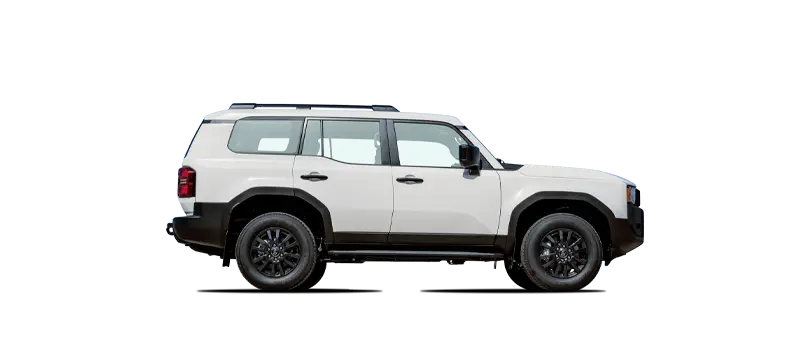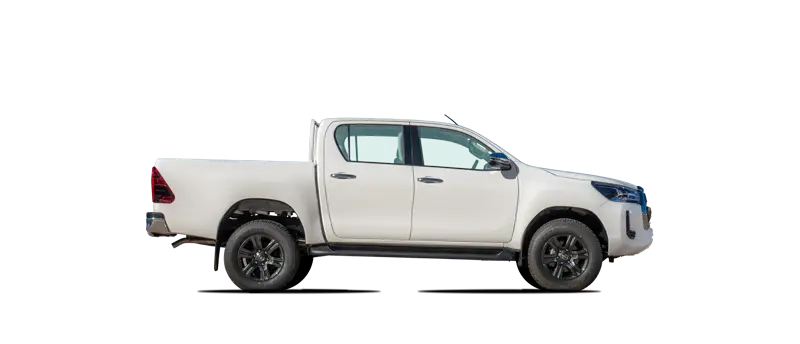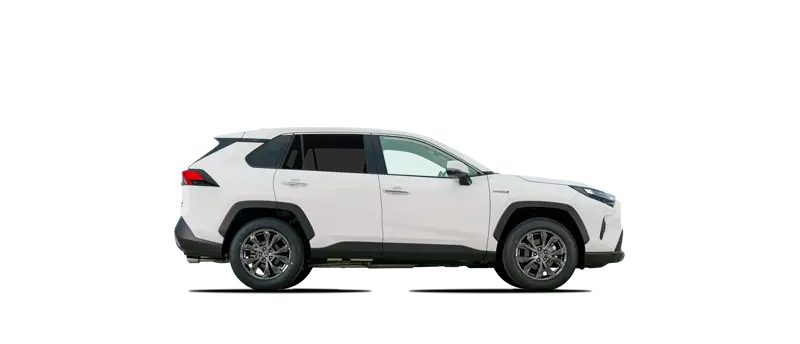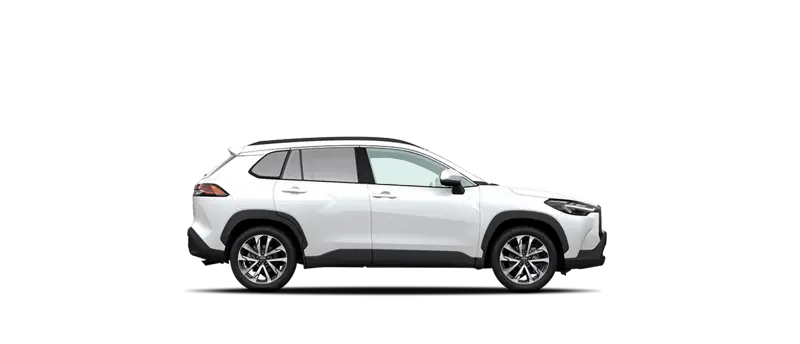Hybrid Technology

Toyota has been committed to environmental conservation since the 1960s. In 1992, Toyota established the Toyota Earth Charter, and in 2015, they formulated the Toyota Environmental Challenge 2050. This initiative aims to reduce CO2 emissions and achieve global carbon neutrality by 2050 for our vehicles and operations. At TGS, our commitment runs through our Hybrid vehicles, other products and services providing sustainable solutions for all our clients.
Importance of Hybrid Technology
Hybrid vehicles offer significant environmental and economic benefits, making them a crucial step towards sustainable transportation. Toyota began developing hybrid electric vehicles in the mid-1990s under the leadership of Takeshi Uchiyamada, aiming to create a car for the 21st century that would reduce emissions of CO2 and other pollutants.
















